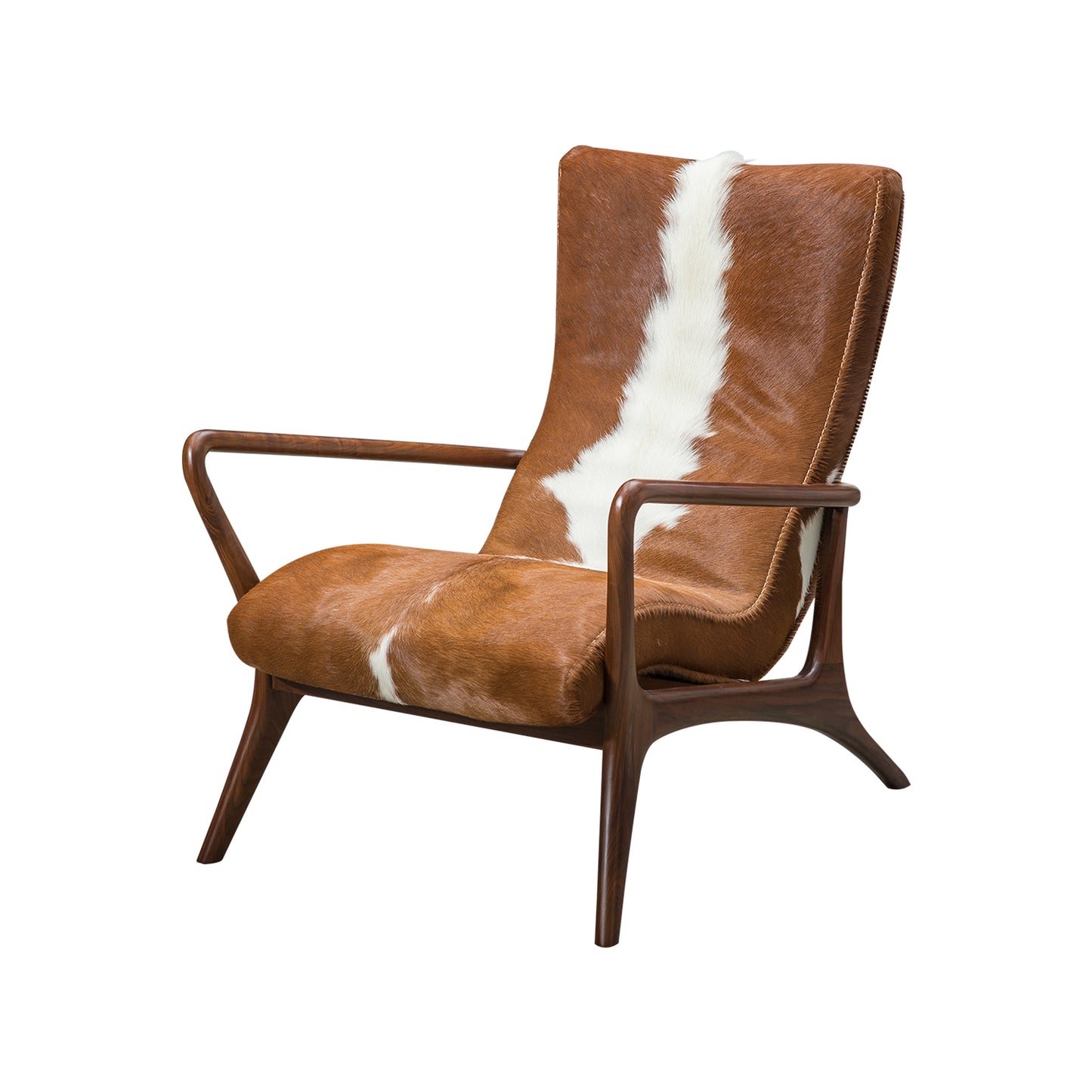The chair has long been a fundamental piece of furniture, serving not only a practical purpose but also reflecting the cultural and artistic values of its time. From the rudimentary stools of ancient civilisations to the sleek lines of contemporary designs, the evolution of the chair is a fascinating journey through history.

Ancient Origins of the Chair
In ancient times, chairs were often reserved for the elite. The earliest known chairs date back to Egypt, where they were crafted from wood and adorned with intricate carvings. These pieces were not merely functional; they symbolised status and power. Have you ever wondered how such simple objects could convey so much about society? The chair has always been more than a seat; it has been a throne of sorts, representing authority.
Medieval and Renaissance Innovations
As we moved into the medieval period, the design of chairs began to evolve significantly. The introduction of the high-backed chair provided both comfort and a sense of security. During the Renaissance, chairs became more ornate, showcasing the craftsmanship of the time. Upholstered chairs emerged, offering a new level of comfort and style. This period marked a shift where the chair was no longer just a functional item but a statement piece in homes.
The Industrial Revolution and Mass Production
The Industrial Revolution brought about a significant transformation in chair design. With the advent of mass production, chairs became more accessible to the general public. Designs such as the Windsor chair and the Thonet chair exemplified this era, combining functionality with aesthetic appeal. This period raised an important question: how could design balance beauty and practicality? The answer lay in innovative materials and techniques that allowed for both.
Modern Minimalism: A New Era for Chairs
In recent decades, the trend has shifted towards modern minimalism. Designers like Charles and Ray Eames revolutionised the chair with their iconic creations that emphasised simplicity and functionality. Today, the chair is often viewed through the lens of minimalism, focusing on clean lines and a lack of unnecessary embellishments. This evolution raises another intriguing question: what does the future hold for chair design? Will we continue to see a blend of technology and artistry?
Conclusion: The Chair's Enduring Legacy
The chair has undergone a remarkable transformation throughout history, adapting to the needs and tastes of each era. From ancient thrones to modern masterpieces, the chair remains a vital element of interior design. As we look to the future, it is essential to appreciate the rich history that has shaped this humble yet significant piece of furniture.
For those interested in exploring a wide range of contemporary chairs, visit  to discover innovative designs that blend style and comfort.
to discover innovative designs that blend style and comfort.






